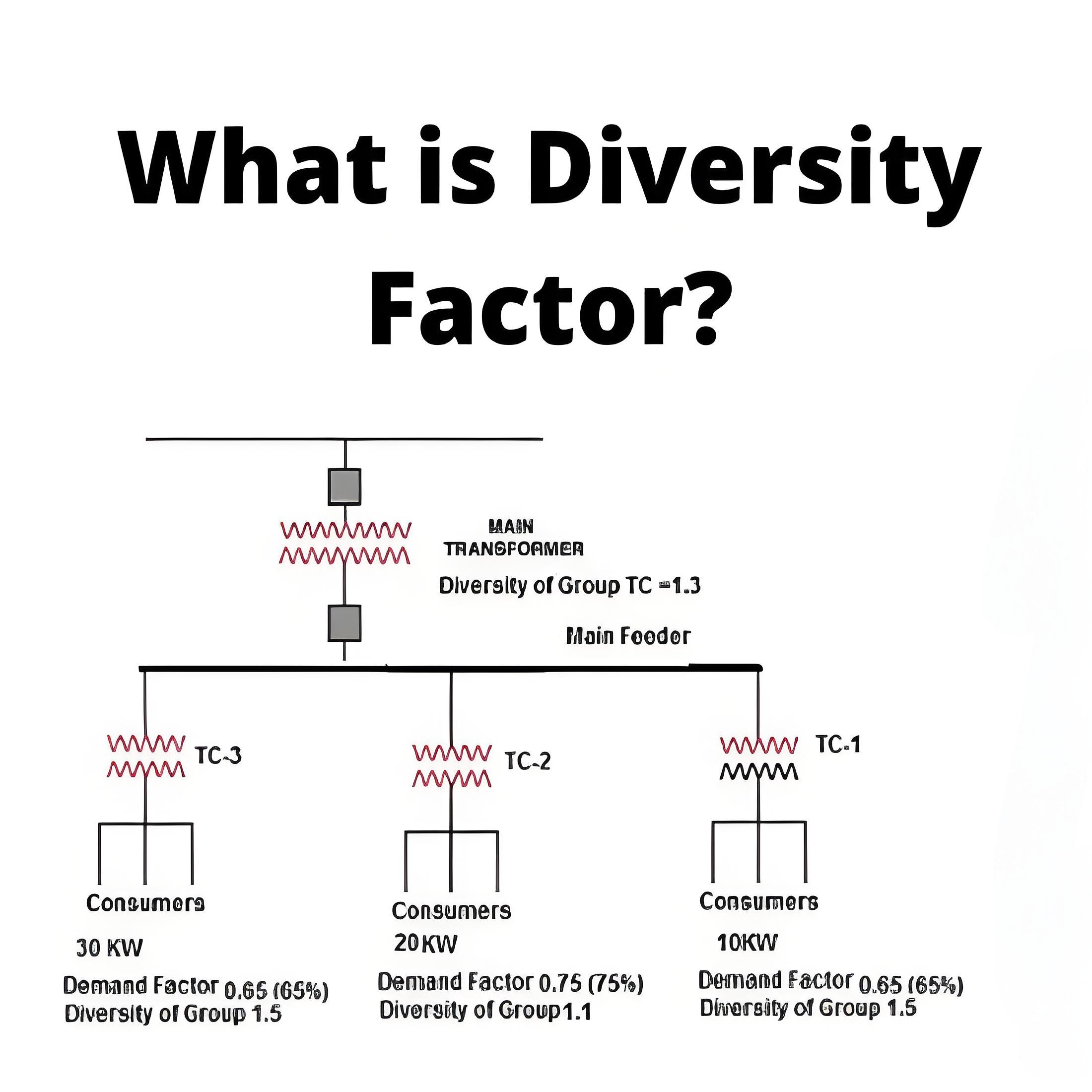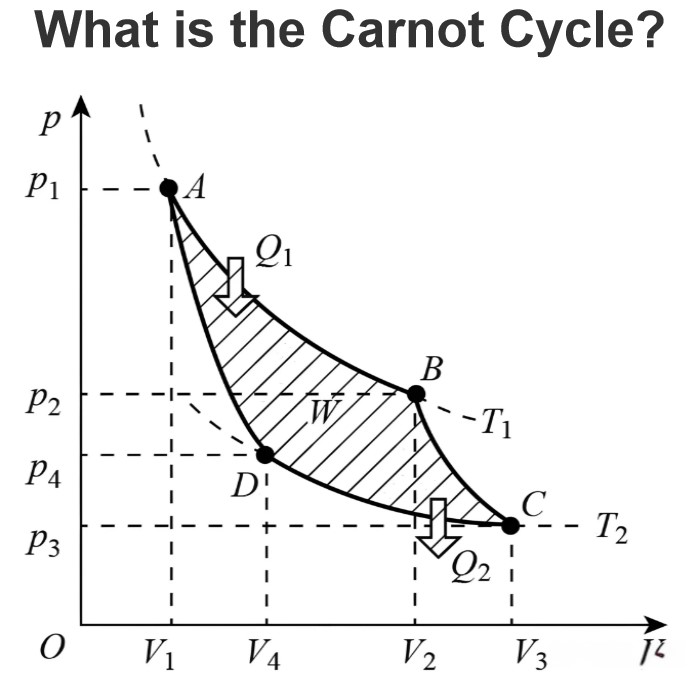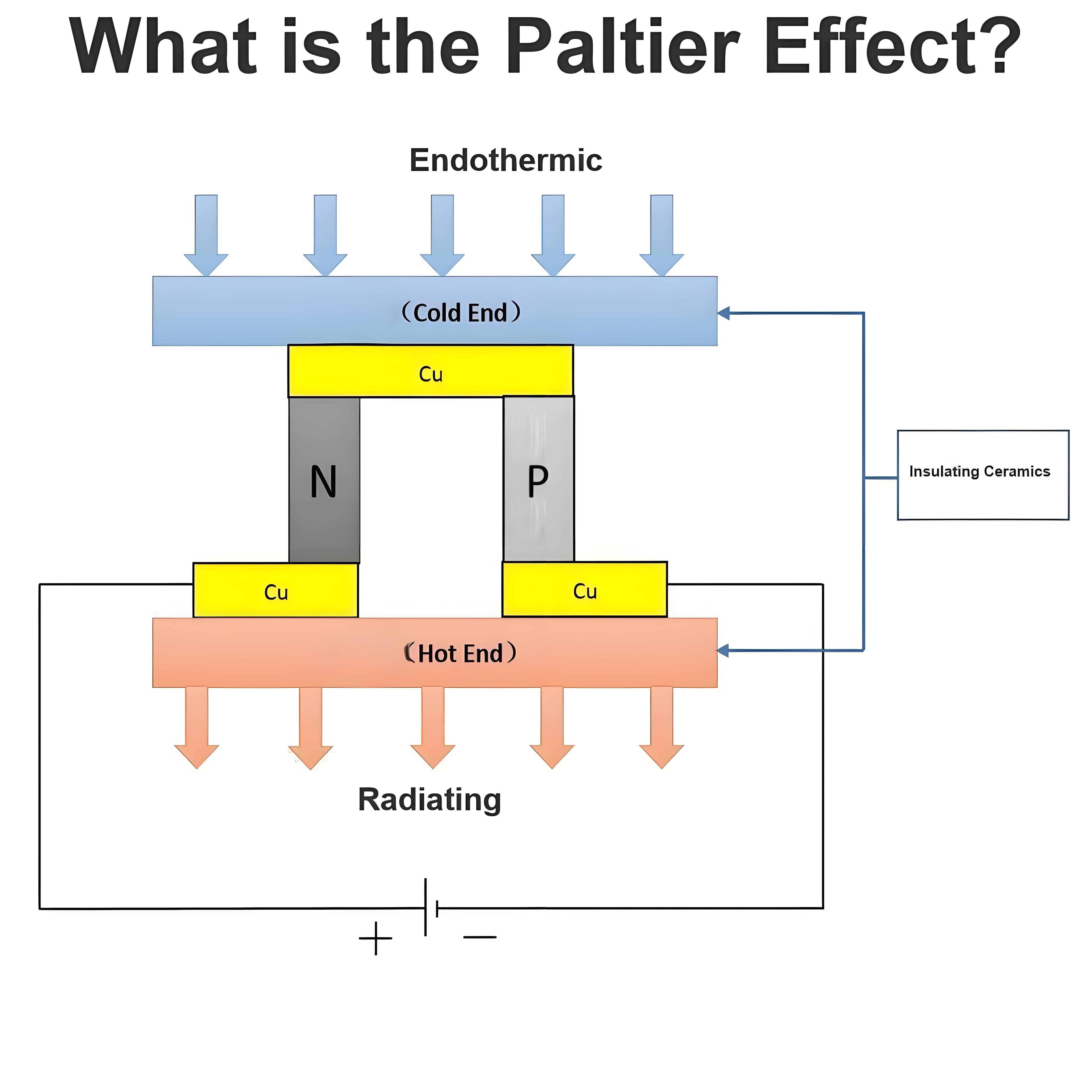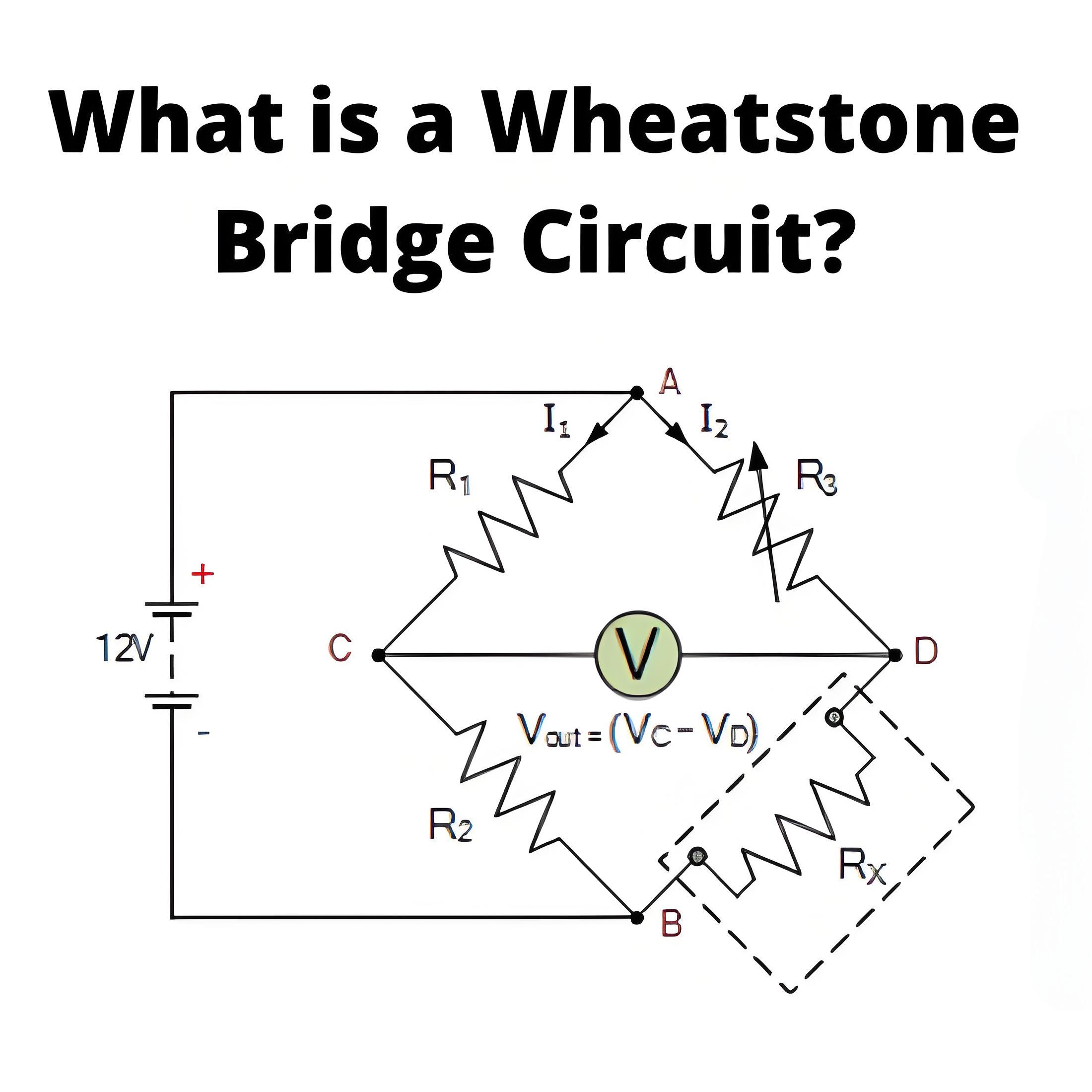What is Drift Velocity ?
What is Drift Velocity ?
Drift Velocity Definition
Drift velocity is defined as the net velocity of free electrons moving randomly in a conductor due to an electric field.
Drift velocity is defined as the net velocity of free electrons moving randomly in a conductor due to an electric field. These electrons move at different speeds and directions. When an electric field is applied, they experience a force that aligns them towards the field direction.
This applied field, however, doesn’t curtail the random nature of electron motion. Instead, it compels them to gravitate towards higher potential while retaining their random motion. Consequently, the electrons drift towards the higher potential end of the conductor alongside their random movements.
This results in each electron acquiring a net velocity towards the conductor’s high potential end, referred to as the drift velocity of electrons.
The ensuing electrical current, due to this electron drift within an electrically stressed conductor, is termed the drift current. It’s worth noting that every electrical current is fundamentally a drift current.
Random Electron Motion
Despite an electric field, electrons move randomly but drift towards the positive terminal, creating drift current.
Drift Current
The consistent flow of electrons caused by drift velocity is known as drift current.
Electron Mobility
Electron mobility (μe) is the ratio of drift velocity (ν) to the applied electric field (E), showing how easily electrons move through a conductor.

Impact of Electric Field
A stronger electric field increases electron drift velocity, resulting in a higher drift current.
Welcome to our electricity community! Established to facilitate the exchange and cooperation in the electricity industry and bridge professionals, enthusiasts, and related enterprises.





